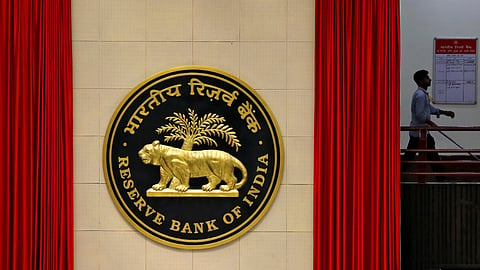

The RBI is set to pilot digital currency. It has been working in a phased manner towards a digital currency’s launch, although there is no deadline.
Let’s dig in a little deeper to understand CBDC’s (Central Bank Digital Currency) and the impact of the RBI mandate. Two versions of the e-rupee will be distributed: wholesale for use in interbank settlements and retail for general circulation. Commercial banks have the ability to distribute digital currency even though the RBI issues it.
A CBDC is a form of legal money that is issued in digital form by a central bank, as per the RBI. It is interchangeable one-to-one with fiat currency and is the same as fiat currency. Its only distinction is in form. It is not a commodity unlike cryptocurrencies. The issuer of cryptocurrency is absent. The CBDC, would be exchangeable for cash and is the digital representation of paper money issued by central banks like the RBI.
The RBI’s CBDC would be issued and managed by the central bank itself, in contrast to cryptocurrencies, which are private in nature. It would be kept in an e-wallet offered by a bank or other authorised service provider. Through a token-based system, they will be distributed to the public. The recipient’s public key must be known by the person transferring the digital money (a sort of digital address). The recipient’s private key (a special password) and the public key are both used to complete the transfer.
The digital rupee will serve the same purpose as the physical rupee, which the RBI prints, but it won’t be a decentralised asset like cryptocurrencies. The currency known as the ‘digital rupee’; will be produced by the central banks in charge of overseeing and administering the asset. Transactions are likely to be somewhat anonymous; those involving larger sums may be required to be reported, whilst those involving lesser sums may be completely anonymous, exactly like with cash transactions. You can use the virtual rupee as legal tender to make purchases of any kind. Examples of digital rupees include digital wallets, NEFT, and IMPS. Therefore, everyone in India will be able to utilise the digital rupee whenever the RBI begins to issue it.
However, the e-rupee will not earn any interest as customers might withdraw money from banks and convert it to digital form if the e-rupee accrues interest, which would have an impact on India’s banking and financial system. In conclusion, the RBI hopes to solve issues with current physical currencies and international trade by adopting the digital rupee. Money transfers across borders and currency exchanges are time-consuming and expensive. The fast cross-border money transfer is expected to improve bank cash management and operations with the introduction of the digital rupee. Cash placement and tracking are difficult in India.
CBDC can address anonymity, find a non-threatening solution, and lessen the need for cash. The government will reduce operational, printing, distribution, and storage expenses, advancing its goal of a cashless society.
Visit news.dtnext.in to explore our interactive epaper!
Download the DT Next app for more exciting features!
Click here for iOS
Click here for Android